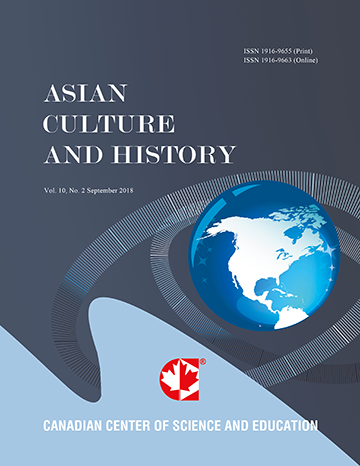Quantified Grapho-Phonemic Systematicity in Korean Hangeul
- Hana Jee
- Monica Tamariz
- Richard Shillcock
Abstract
Hangeul, the Korean orthography is well known for its scientific design that emphasizes the link between sounds and letter shapes. However, it hasn’t been asked so far ‘how systematic’ it is. We quantify, for the first time, the grapho-phonemic systematicity of hangeul. We defined Korean phonemes as binary vectors according to articulatory features and then measured the pairwise phonemic distance between phonemes using multiple methods. We measured the pairwise visual distance between letter shapes by (a) stroke share rate, which reflects the original principles of hangeul’s creation, and (b) Hausdorff distance (Huttenlocher et al., 1993), which measures topological difference between images. We then tested the correlation between the phonological distances and the corresponding orthographical distances. Positive correlations clearly indicated that similar letters tend to have similar pronunciations in Korean hangeul. Stroke share rate maximizes hangeul’s grapho-phonemic systematicity. Hausdorff distance, an initial step in the detailed quantifying of visual distance, allows similar calculations to be carried out with any hangeul font and with any other orthography (Jee, Tamariz, & Shillcock, 2021; 2022a; 2022b). Consciously designed to be phonologically transparent, hangeul can be considered as the gold standard of grapho-phonemic systematicity. We discuss the implications of this systematicity.
- Full Text:
 PDF
PDF
- DOI:10.5539/ach.v15n1p25
Journal Metrics
Google-based Impact Factor (2017): 5.42
h-index (January 2018): 11
i10-index (January 2018): 21
h5-index (January 2018): 6
h5-median (January 2018): 9
Index
- Academic Journals Database
- CNKI Scholar
- COPAC
- EconPapers
- Elektronische Zeitschriftenbibliothek (EZB)
- Excellence in Research for Australia (ERA)
- Genamics JournalSeek
- Google Scholar
- Infotrieve
- LOCKSS
- MIAR
- NewJour
- Open J-Gate
- PKP Open Archives Harvester
- Publons
- RePEc
- Scilit
- SHERPA/RoMEO
- Standard Periodical Directory
- Technische Informationsbibliothek (TIB)
- The Keepers Registry
- Universe Digital Library
- WorldCat
Contact
- Ivan YongEditorial Assistant
- ach@ccsenet.org
